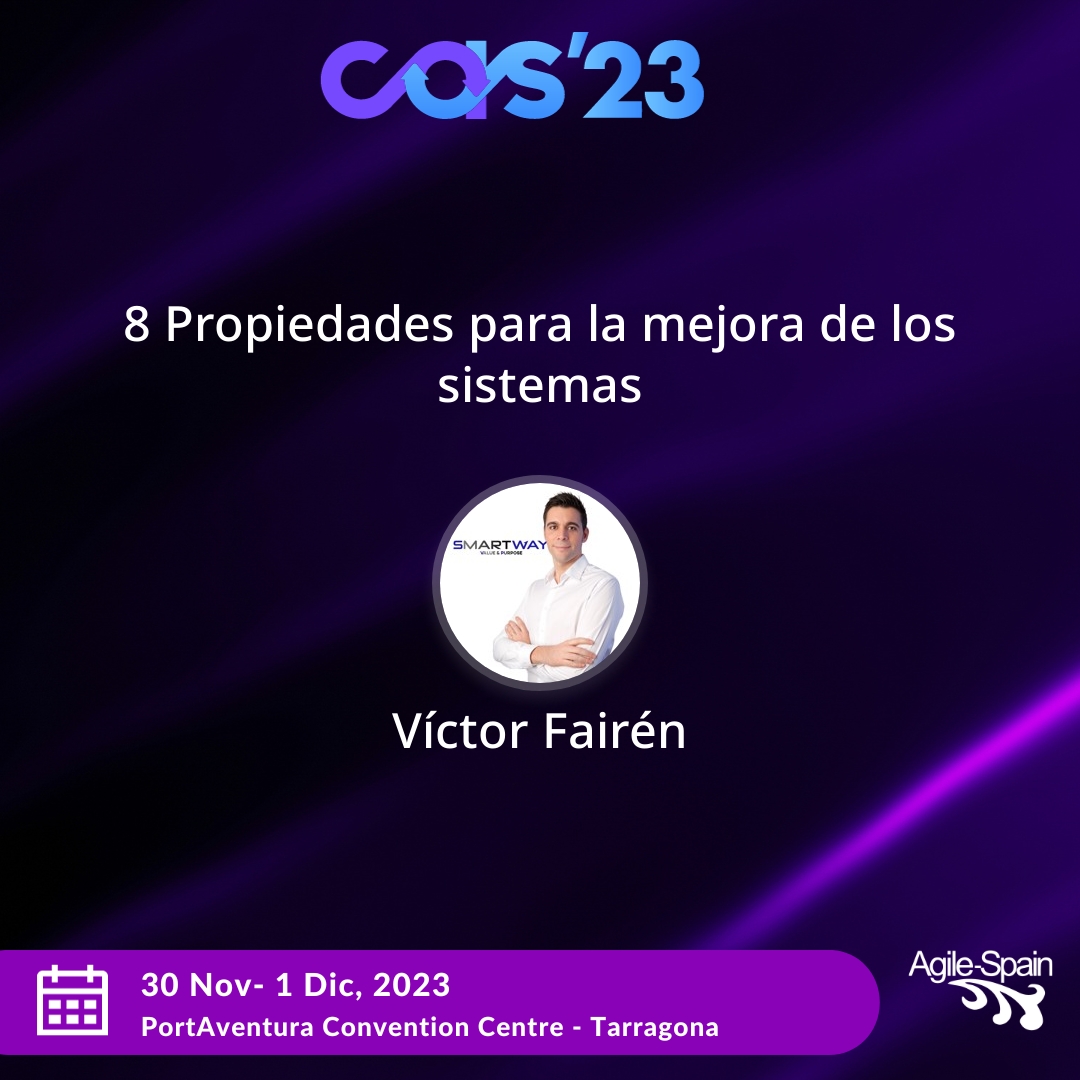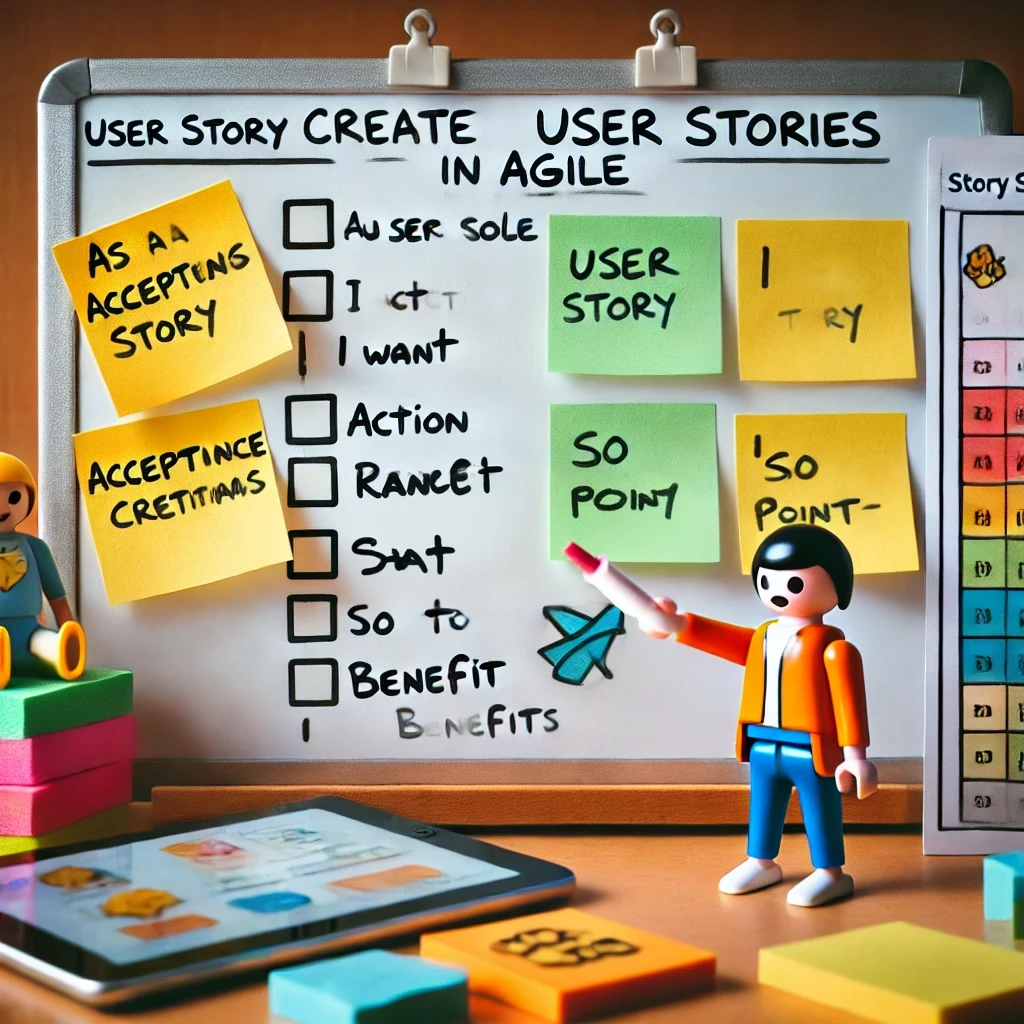Browsing through certain social networks we observe how there are companies that appear very often offering jobs, different positions open at the same time and some seem to be permanently vacant.

This situation can be attributed to three situations:
- Organizations with a high turnover of people.
- Companies in constant growth.
- Companies that are always open to incorporate talent.
The second and third situations may occur at the same time. And this should not surprise us since companies that have adopted the agile culture will be very aligned with the business and its growth.
Tell me how you hire talent and I will tell you which company you are.
Paradigm shift
In some companies, when it is detected that the demand for work exceeds the capacity of the teams, a hiring process is launched. The team leader talks to the human resources department. A job offer is prepared, with the characteristics of the vacancy and a vacancy posting process is initiated. Being very optimistic this process can take no less than two weeks. If this does not happen over time because the company and the potential candidates are not able to find the right candidate. The opportunity cost is very high, as there is a need to be met.
When we adapt Agile principles for recruiting, it involves certain changes. First, the talent onboarding process is no longer on-demand. The company is always willing to meet people with the skills and knowledge that can help improve the company. The hiring policy evolves, obviously we do not hire people without taking into account future demand as it would be foolhardy to do so. Simply put, as communication between departments is fluid, they are ahead of possible demand booms, as well as considering that vacancies may be generated by workers who decide to change companies. The company, as an entity, prepares itself to be ready when future events occur: Surfers wait for the waves in the sea, not on the sand.
Surfers wait for waves in the sea, not on the sand.

The interview as a first experience in the company
Candidate interviews are also different from the classic curriculum vitae (CV) questions. Obviously it is important what is said in the CV, although most of the content is self-explanatory and does not require more than a couple of questions to try to corroborate the data explained.
Thus, not only traditional interviews are used, but also more practical selection techniques focused on the attitudes and values of the candidates.
Talent (or HR) departments know that an employee’s experience with the company does not start on the first day of work, but much earlier. The employee’s experience with the prospective company begins with the first contact with a member of the company. Surely, we all remember how the job interview went at the companies where we work.
Different interviewers
Companies that live the Agile culture also approach job interview attendees differently. Traditionally, the attendees from the company were members of the HR department as well as the person in charge of the department where the vacancy occurred.
If we understand that Agile culture is developed through communication and collaboration of the members of a value chain, it makes sense that potential future co-workers are also present. The interviewees may be your future coworkers, so what better than being able to participate in the decision making process about who your future coworker will be.

There are Agile companies where future colleagues are not present at the interview, as bringing 3 or 4 extra people may seem like a waste of time. However, candidates who are liked in the interview are offered to come to the company for a day or a few hours so that future colleagues can work with them and get to know each other. I have even heard of cases where they are invited to have lunch with the team.
In this way, we obtain several benefits:
- Teams feel empowered in the decision making of future partners. The company is communicating to them that their opinion is very important, that they are counted on.
- The person hired will not be a complete stranger to the team. But they will already know a few things about her or him and how he or she might fit into the team.
This way we avoid surprises of new additions that do not fit in the team. That after an effort for their selection and hiring, they leave the company. Or worse, that the equipment will suffer negatively.



